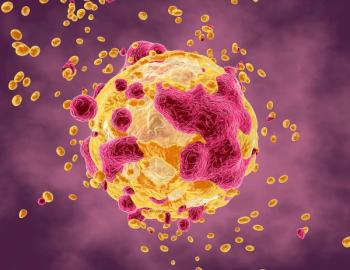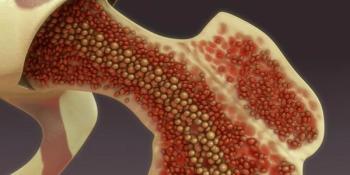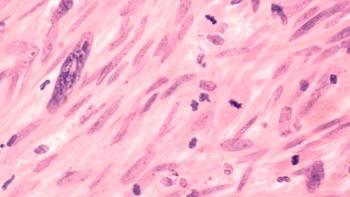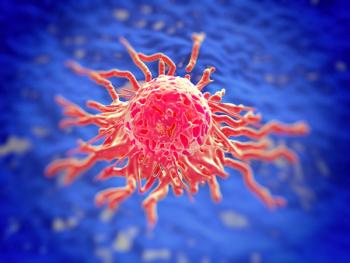
Outcomes Worse for Single Patients With Soft-Tissue Sarcoma
Single patients with soft-tissue sarcoma of the extremities had worse overall survival and were less likely to undergo several important treatment options compared with their married counterparts, according to results of a recent study.
Single patients with soft-tissue sarcoma of the extremities had worse overall survival and were less likely to undergo several important treatment options compared with their married counterparts, according to the results of a study
“Being married has been shown to play an important role in promoting survival in many different disease processes including some cancers,” wrote Vignesh K. Alamanda, a medical student at Vanderbilt University School of Medicine, and colleagues. “Social support systems and barriers to treatment options should be investigated in single patients and care tailored to their needs, with the aid of other members of an interdisciplinary health care team.”
Alamanda and colleagues used the SEER database to collect data on 7,384 patients aged 20 years or older with a soft-tissue sarcoma diagnosis between 2004 and 2009. Tumor sites were limited to the upper and lower limbs, and the pelvis. Overall, 6,243 patients were included in survival curve and regression analyses.
Patients were classified as being married or with a domestic partner (n = 4,407), or being single (n = 2,977). No differences in tumor site or size were identified between the two groups. However, data did indicate that more patients in the married group had grade 1 tumors and more single patients had grade 4 tumors (P = .01).
When looking at differences in treatment, the researchers found that more patients in the married group underwent radiation compared with single patients (44% vs 39%; P < .001). In addition, more married patients underwent surgery (87% vs 82%; P < .001).
Overall those patients who were married had a greater rate of survival compared with their single counterparts. Twenty percent of single patients died from their disease compared with 15% in the married group (P < .001).
“At 5 years of follow-up, 726 of the 3,807 (19%) married patients had died and 635 of the 2,436 (26%) had died,” the researchers wrote. “This difference continues to remain statistically significant after factoring in time.”
After accounting for possible confounding factors, the researchers found that being single increased the risk for death from sarcoma by 26% compared with being married. Additionally, each 1 cm increase in the size of the tumor increased the risk for death by 5%.
“While spouses can often help lessen the financial burden involved in undergoing treatment of soft-tissue sarcoma, it only serves as a partial explanation for the discrepancies seen as marital status continues to be an independent predictor of mortality even after accounting for family income,” the researchers wrote. “Other than financial support, spouses also serve in a variety of integral ways to help enable patients to receive the care that they need.”
Newsletter
Stay up to date on recent advances in the multidisciplinary approach to cancer.




















































































